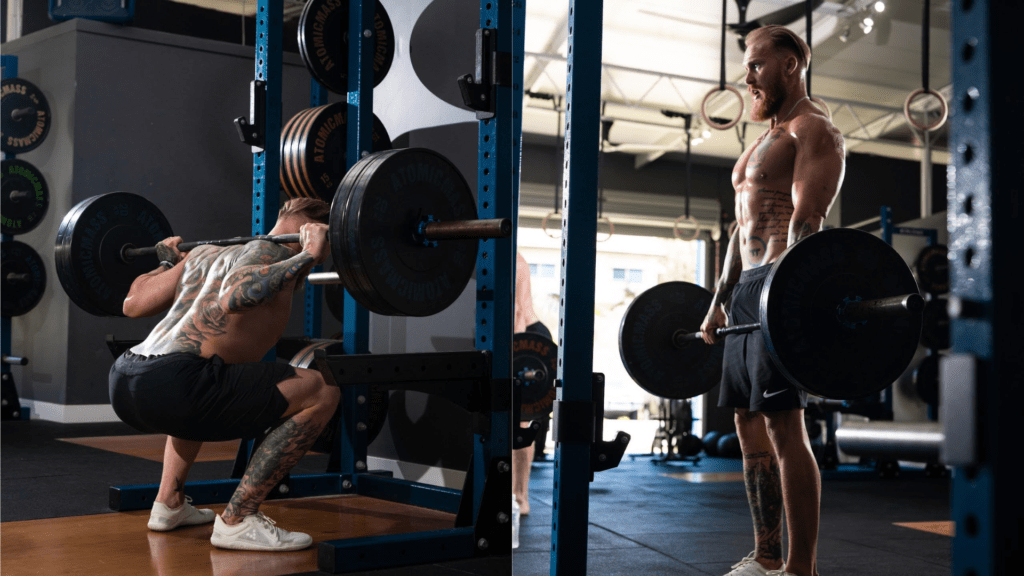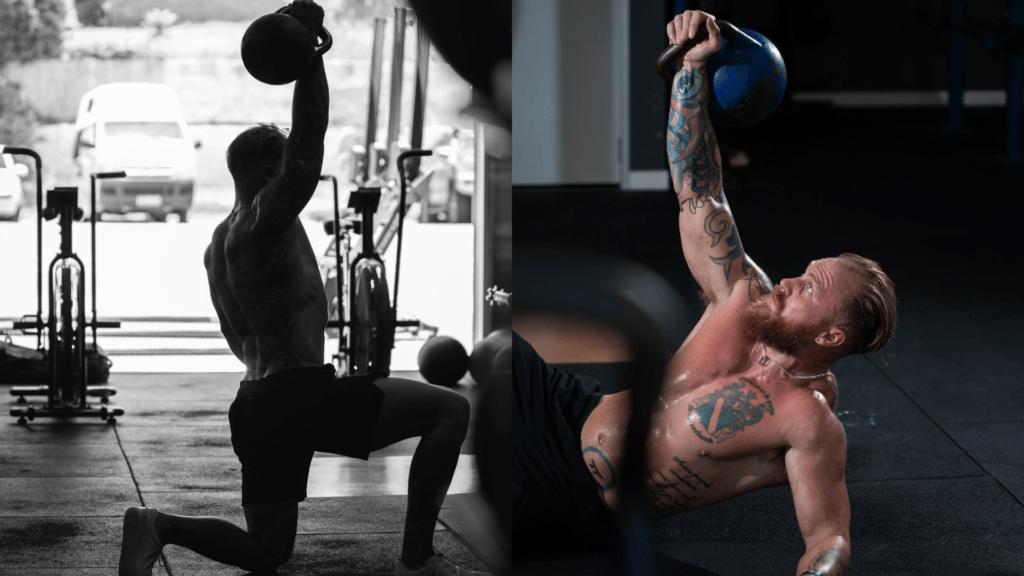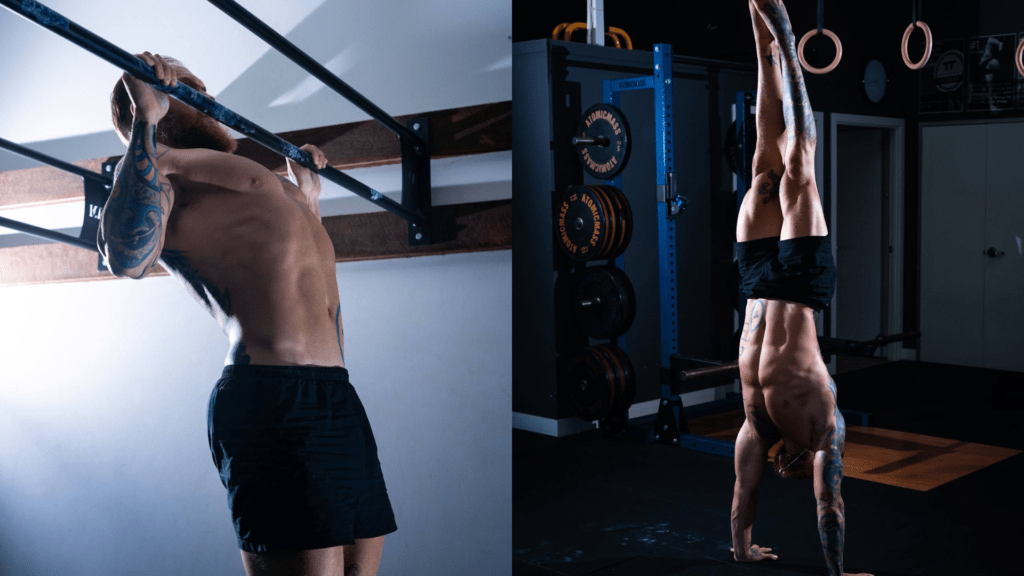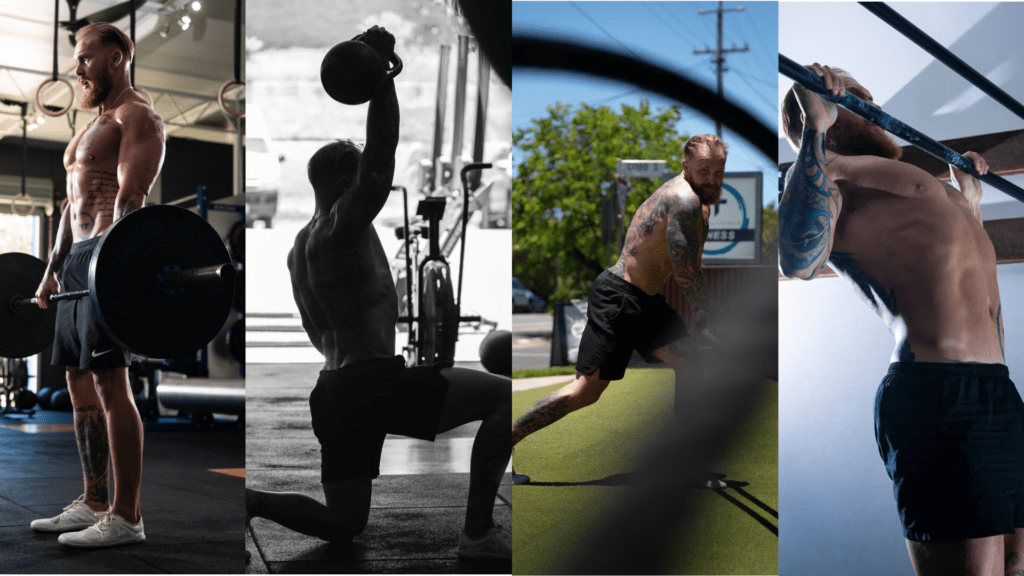Intro.
Often, gym goers fixate on an area of strength that they see as a direct method to the results they want.
e.g I want to be big & strong so I’ll only lift maximal lift.
This commonly leaves a gap in which injury, lack of progression, or boredom sets in.
This article will go through 4 key areas to have variety within your strength program in order to continue results.
As you read through & learn, don’t feel you need to replace what you’re doing, but find ways to incorporate some new practices.
Having variability in training
The human body & its ability to adapt to various stressors is incredibly remarkable! So as much as we need to stay consistent in an aspect of movement to adapt & progress we need variability in the stimulus so we don’t over-specialize in one area, leaving us vulnerable to injury, boredom & plateaus in progress.
Over-specialization
Even though we go into training with a specific goal/outcome we have to remember we have a body to look after. Only focusing on 1-2 different areas of strength will make you incredibly great at that but at the sacrifice of being able to complete daily living tasks.
We will get old one day, so account for that in your regular training.
Injury
Over-adaptation to a specific training style leaves us vulnerable to other movements not practiced. Our bodies have a “use it, or lose it” with movement patterns. This opens us up to injury in day-to-day life, or while attempting different fitness. The goal is to build an unbreakable resilient body that leans towards the specific goal you have.
Boredom
A very common form of burnout is boredom!
Our brain loves learning new movements, it rewrites & programs our brain. So when you stop learning new movements, repeating the same old stuff we get less & less excited about the training. Eventually, the effort lowers before needing a break to find ‘motivation’ again.
Dead Strength

Dead strength sounds exactly how it sounds… moving dead weight.
The most common style of strength training for good reason. It’s usually very limited to the sagittal plane which is our most used & competent. But in our modern lives, it’s the other planes of motion we need to restore & strengthen.
Pros
Dead strength allows us to lift the most amount of weight, giving us muscle mass, maximal strength, and strong tendons & bones. Because it is our most used plane of motion in daily life we can use this opportunity to improve the coordination of those fundamental human movements.
Cons
The sagittal plane is our most competent plane of motion we often over-program these movements, again, either limiting our ability to move in other planes of motion or building on a dysfunction later causing injury if we build dead strength on top of a not-so-great lifting technique. An injury in the sagittal plane will really affect the person in their day-to-day lives.
Conclusion
Dead strength should always remain a high priority in training but just make sure there is variety within either the warm-up or accessory movements later in the workout.
Odd-position Strength

Odd-position strength… Because I’ve never seen a mother cross the street with kids & groceries with the technical lifting norms we teach in the gym.
Pros
Teaching movements that involve odd & awkward positions allows the strength we’ve built to be dispersed into other areas of the body for other tasks, it allows us to be more resilient in our day-to-day activities & gives us an opportunity to teach & expose vulnerable joints to riskier positions within a safe environment.
Cons
Because of the exposure to weaker movements & joints, the risk of injury is high. It can frustrate the athlete as it can take a while to learn the movement, or not like they have to hold a lighter weight. Careful coaching is required.
Conclusion
Odd-position strength is paramount in our training so we can enjoy extra curricula activities etc.
I find that if it’s not the main focus of training it can be a great accessory to a dead-strength movement.
eg. Deadlift & Turkish Get up superset.
Agile Strength

There are two definitions of Agile strength that I love.
Agile strength is “the ability to change directions quickly and powerfully”, or “The ability to decelerate, control and generate muscle force in a multiplanar environment.”
Agile strength exercises are characterized by quick accelerations in speed, direction, and velocity, or carrying heavyweights in multiple directions.
This helps your body to move with ease and fluidity in any direction, which improves your coordination and balance while helping to prevent injuries.
Pros
Agile strength training has a great crossover to daily or extra curricula activities, as well as other areas of strength & fitness training. A plethora of progressions for beginning athletes, all the way to advanced athletes & a great way to train a resilient body.
Cons
Can be challenging to teach at first, especially if dead strength was a primary stimulus. Due to the momentous Omnidirectional nature of agile training injuries can be a higher risk factor. It can be challenging to have the athlete comply with using a lighter weight for speed over a heavier weight that may start to look more like odd-position strength training.
Conclusions
Agile strength can be a great main focus for training with other areas as the accessory, or the other way around.
Just be mindful of fatigue when pairing exercises.
A superset example could be Single leg Deadlift for dead strength, with, Kettlebell rotation Snatches for Agile strength.
Relative Strength

Unfortunately getting strong under the barbell doesn’t really translate to being bodyweight strong. As you gain lean muscle mass you have to have some sort of bodyweight training to be able to use that muscle. Yes, we can gain enough muscle & strength that we can’t lift ourselves up anymore. So the term ‘relative strength’ means how strong are you relative to your body weight.
Pros
Regular bodyweight training maintains the use of our body as we gain muscle mass & as we age. It stimulates our muscles & joints differently, bodyweight training will have greater activity in the joint stabilizers which will help when trying to lift heavier during dead or odd position strength & lastly bodyweight training gives us more confidence in ourselves doing outdoor or extra-curricula activities.
Cons
Bodyweight training can be hard on the ego, especially training middle-aged to older adults. They haven’t been on the ground moving in decades so it can be hard to deal with their expectations, or how easily they did it as a kid.
Conclusion
If you are a human being, bodyweight training is a must!
Because of the low risk of injury, fast adaptations & the vast variety of movement variations relative strength can be trained in many different situations. Just don’t leave the gap between your strength & how well you can move your body too big.
For for Newsletter

